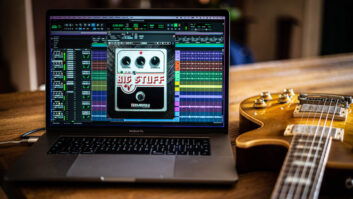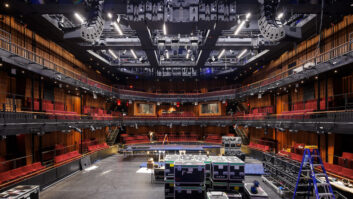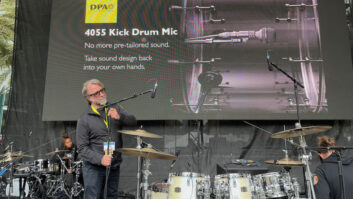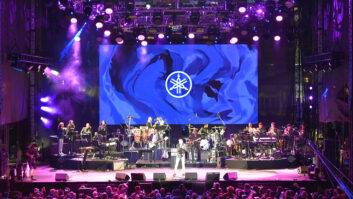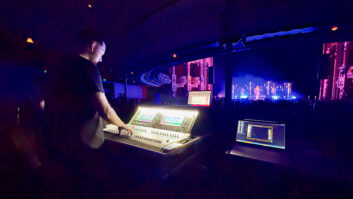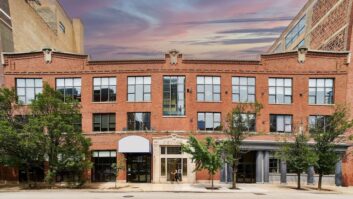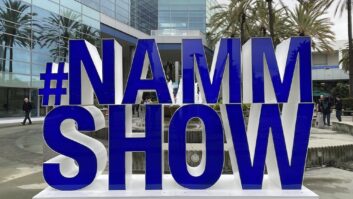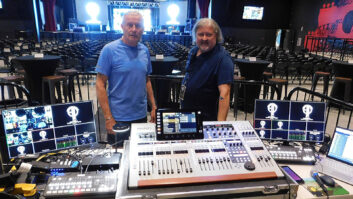
This story, sponsored by Dolby, appeared in the October 2018 issue of Mix magazine.
It may have taken awhile to find the right space, and then a little longer to build it out properly, but when the team at Harbor Picture Company officially opened Harbor Grand in November 2015—still New York City’s only Dolby Atmos-equipped theatrical-sized re-recording stage—they near instantly ended a three-year dearth of big-budget, Hollywood-style feature films mixing in Manhattan.
In this special Mix Podcast sponsored by Dolby, the co-founder and president of Harbor Picture Company in New York City, Zak Tucker, takes us through the process of building a theatrical-sized Dolby Atmos re-recording facility for mixing “tentpole” films. Tucker details the challenges of finding a proper space, which wasn’t easy in the city, and building out the room with proper the monitoring, wiring and system control.
Click below to listen to the Mix podcast with Zack Tucker of Harbor Pictures
Back in the fall of 2012, when New York’s longtime film sound leader Sound One was unexpectedly shuttered by its new parent company, Zak Tucker was still a relatively new president and co-founder of the booming SoHo-based Harbor Picture Company, specializing in high-profile commercial, episodic and film production and post, with a penchant and reputation for its DI talents and visual work. In the spring of 2013, Tucker and his partners opened Harbor Sound.
“What was happening was the big pictures that we were handling the picture side on would head back to Los Angeles or London to mix because there just wasn’t the scale of infrastructure anywhere in New York to handle a final mix,” Tucker says. “We spent a couple years scouring the five boroughs for a space that could properly accommodate the type of stage we wanted to build, something that would live up to West Coast standards and bring talent and projects back to town. There had been requests from many of our studio clients; they wanted to mix in New York.”
Today, Harbor Sound encompasses six mix stages and near 100 editorial rooms, with the largest ADR stage in the City, as well. But from day one, they wanted a theatrical stage and it had to include Dolby Atmos, IMAX and 7.1 capability. Those kinds of spaces are hard to find in New York.
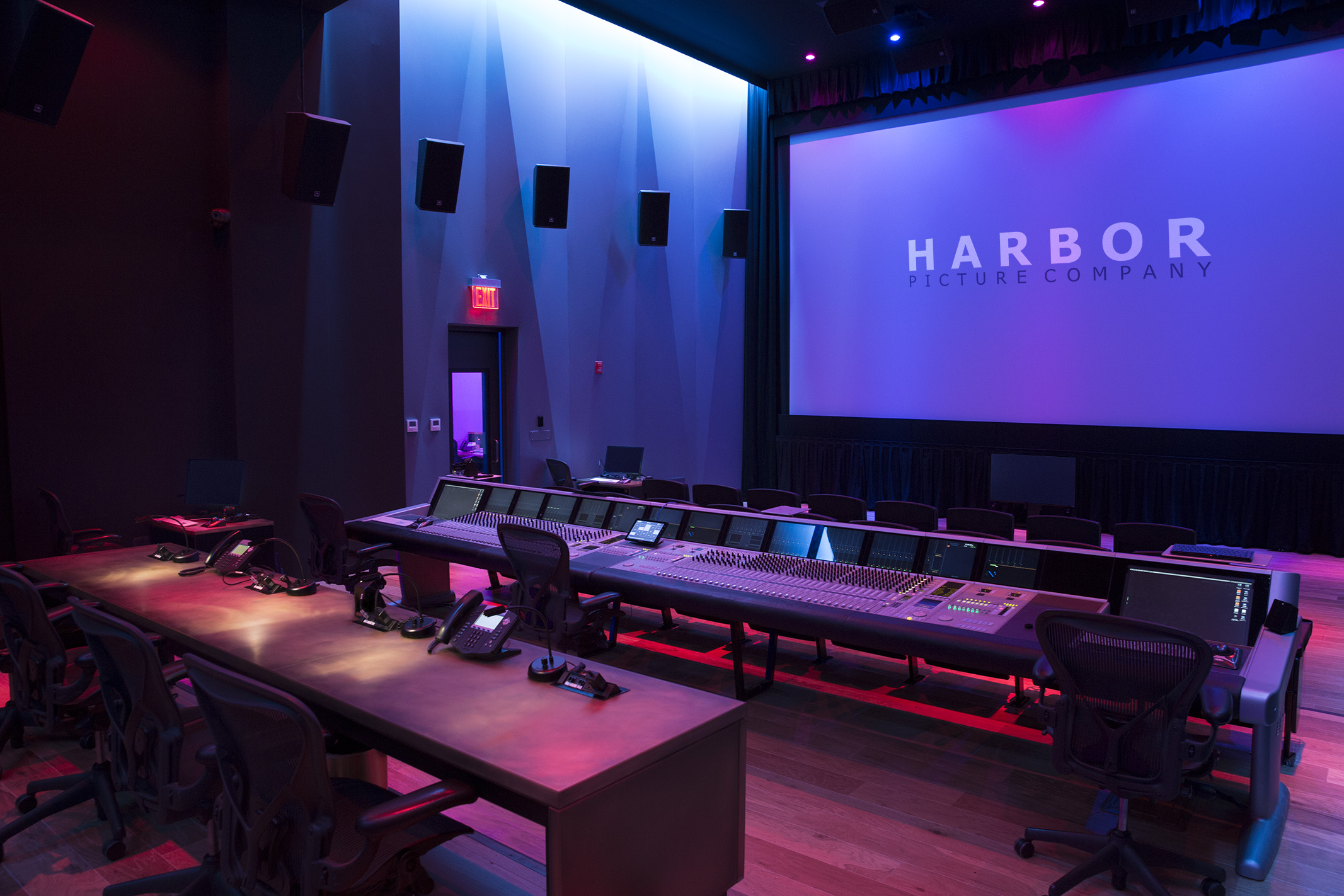
“Ceiling height was absolutely one of the bigger deals,” Tucker says. “It’s not just throw, you need width and volume for a proper theatrical immersive mix. You have to push air. You can imagine, especially in Manhattan, it’s tough to find ceiling height for 13 feet, let alone 25 feet. We were patient enough, and we got 26 feet of column-free ceiling height.”
In the end, they found a spot at 6th Avenue and Grand, not far from the company’s SoHo base, in a former retail space. Harbor Picture Company took over the lease in January 2015, and Harbor Grand was up and running by August, officially opening in November 2015 with the Oliver Stone film Snowden.
Related: Dolby Atmos: The Business and the Technology, by Steve Harvey, July 9, 2018
During the months leading up to getting the keys and then throughout construction, a small team met regularly to develop a design. Tucker led the group, which included the architects of record, acoustician Ken Andria, New York Dolby consultant Tom Kodros (along with Dolby’s Doug Greenfield out of Los Angeles in the later stages), and Harbor Sound chief engineer Avi Laniado, a true veteran of the New York film sound community and as knowledgeable as anyone in the country in film workflow and technologies.
“Because we are in a city with lots of ambient sounds and traffic and subways and really loud outside noises, we had to float the room completely from the building,” Laniado says. “That alone took a couple of months in order to do it the right way. You have to pour concrete on springs and make sure it’s cured before moving on with construction.”
With the wiring done and walls and ceilings in place, Laniado and his crew led the integration. The monitoring system includes five JBL 5732s behind the 28-foot screen, 26 JBL 9320s for surrounds, six JBL DSL7212/26s for overhead surrounds, three Meyer Sound X800-C subwoofers and one Meyer Acheron overhead for IMAX.
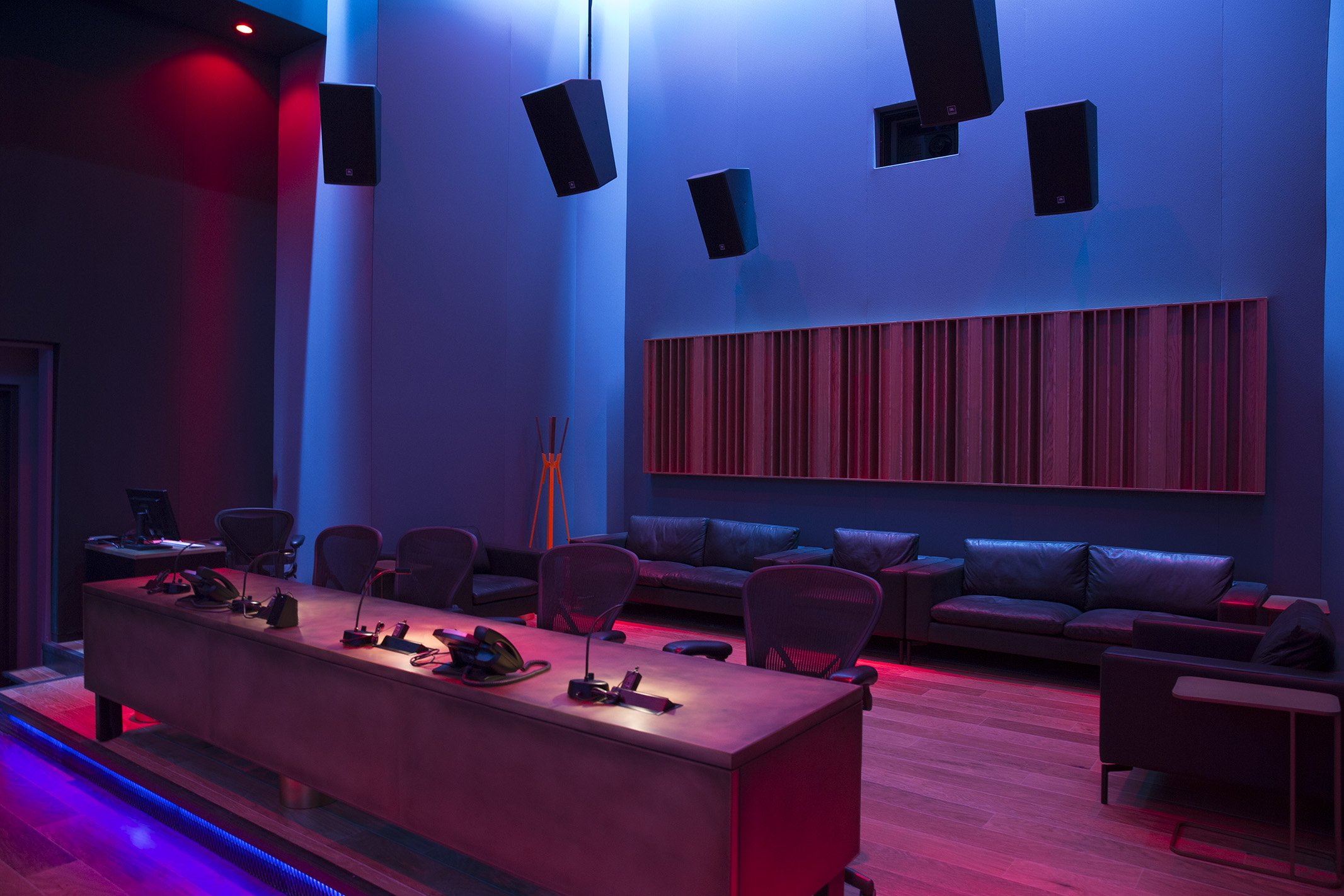
Amplification includes six Crown 1,250W DCI-4, three Crown 600W DCI-8 and one Crown 300W DCI-8. There are two BLU-806 signal processors with BLU link and Dante, and a Focusrite RedNet6 MADI-to-Dante interface.
“The reason we chose Crown is because we wanted to take advantage of their BLUlink audio-over-Ethernet technology,” Laniado says. “So I can have full count of 128 audio channels at 96kHz (or 256 channels at 48kHz) over one Ethernet cable to all the speakers—with redundancy built into it. That saved us tons of money and time.”
Related: Ott House Goes All-In with Dolby Atmos, by Tom Kenny, Aug. 7, 2018
The console is a Euphonix System 5, and the choice was well thought out. “We decided from the start that we wanted to cater to anyone who wants to come in and work with us,” Laniado explains. “Most mixers have a preference to work in the way they use to work for many years, which is on a DSP-based mixing consoles. And there are those who want to work in EUCON mode. We wanted to cover both worlds.”
Soon after completing Harbor Grand, the company went back into its episodic TV mix stage to upgrade it to Dolby Atmos capability. Working equally heavily across features, episodic and commercials, and enjoying the variety such work brings, there are no doubt more upgrades to come.
“We really see Dolby Atmos picking up in the nearfield world, with episodic streaming,” Tucker says. “Netflix and Amazon. We recently built a nearfield Atmos room to handle the demands increasingly coming to deliver 4K on the picture side and immersive on the sound side.”
Want more stories like this? Subscribe to our newsletter and get it delivered right to your inbox.
“I was first introduced to Dolby Atmos about seven or eight years ago when they were still in research,” Laniado recalls. “I remember thinking that here is a system that can be fitted to any environment without being limited to any one particular design. A true immersive system that is adaptable to any environment, which is what I like most about it. Room size is not an issue. It adapts to the environment you want to present the content in. That’s been great for the artists, the people who create and design the sounds.”
Since Harbor Grand’s debut, the facility has hosted a number of A-list mix teams on what Tucker likes to refer to as tentpole pictures, including Beauty and The Beast, Billy Lynn’s Long Halftime Walk and the crazy-good track for Inferno, among many others. They set out to attract big films, to bring them back to New York, and they’ve had essentially no down time since Day One.
Related: Formosa Group Brings Dolby Atmos to the Home, by Tom Kenny, Sep. 7, 2018
“My first impression when we built Harbor Grand was that we could now have an immersive, three-dimensional experience that was not just grander but would also allow for other tools to be able to tell the story,” Tucker says. “It was not just about how much louder we could make it or how we could move big sounds around the room, it was more about the subtle sounds around the room.
“We are extremely focused on creating an artist-driven experience, on the highest-end projects that come to New York, he concludes. “To do that, you have to put together the right space with the right talent and the right engineers. Bar none, it is the standard for New York, the Harbor Grand stage.”
Harbor Picture Company • harborpicturecompany.com
Dolby Atmos • www.dolby.com/us/en/brands/dolby-atmos.html
This story, sponsored by Dolby, appeared in the October 2018 issue of Mix magazine.

